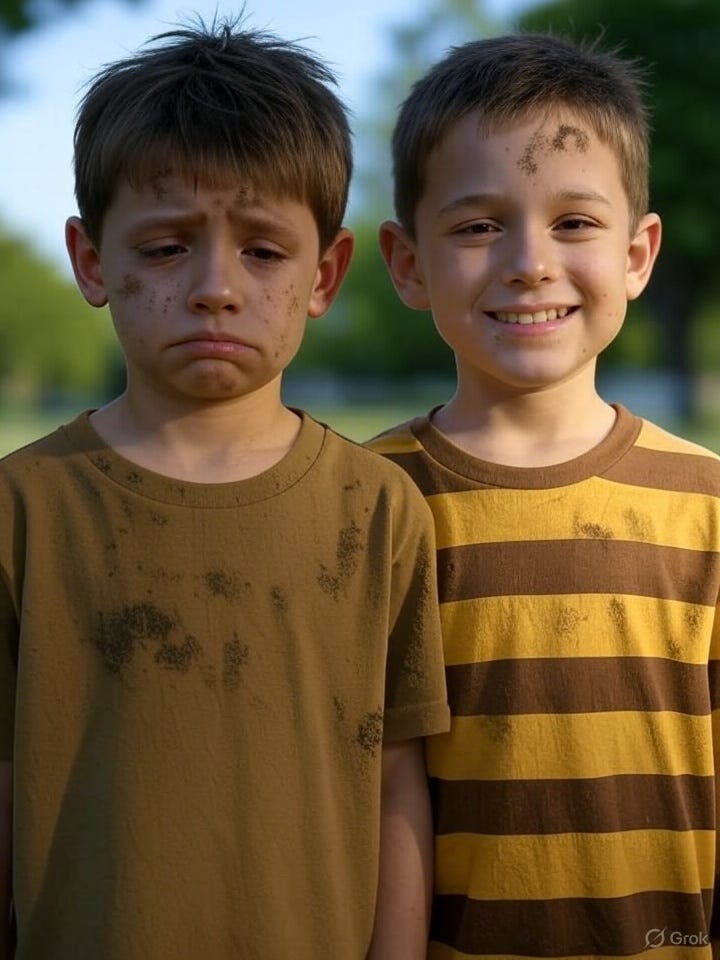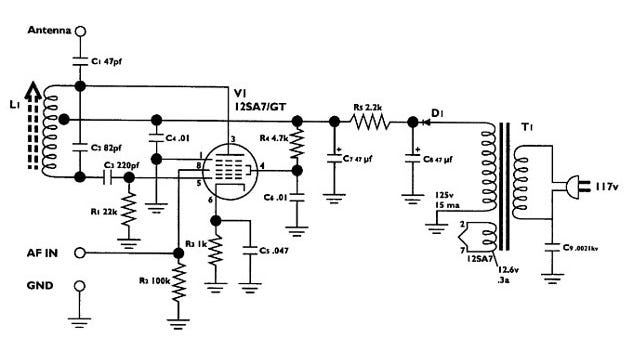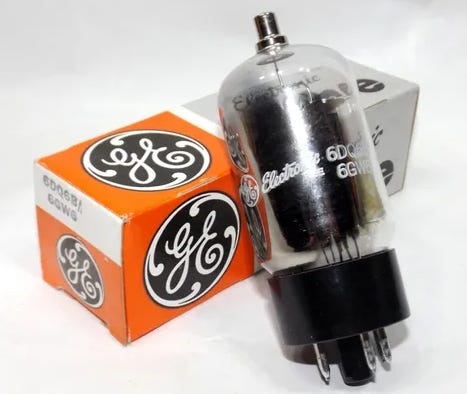Two Boys
A journey in & out of victimhood...
Once there were two boys—Randy and Mark.
Randy was a smart kid who, under the right circumstances, could go places. But early in his development, major roadblocks occurred. He experienced extreme trauma during those crucial years. At just 9 months old, he was dropped into the murky St. John’s River! If not for his mom’s quick—and lucky—actions, of blindly groping through the mire, and locating his ankle, he surely would have drowned! At age 3, he got his hand caught in an electric clothes wringer! And the coup de grâce: his “father figure”—his actual father—left when he was just 12!
He grew up in a two-bedroom house, all four kids sharing one room. Christmases mostly brought underwear from Santa and stockings filled with fruit—not toys. He didn’t have anything of his own, except when his mom, thrust from homemaker into the anti-female workforce of the ’60s, could eke out a few dollars. Not being a very good thief, he was even caught stealing batteries from a local grocery store!
To make matters worse, he had ADD—before anyone knew what that was. As school years progressed, he went from straight A’s to C’s and D’s, barely making it out of high school. He also had a nearsighted vision problem he hid, not wanting glasses. He couldn’t even see the blackboard from his seat, adding to his mountainous learning handicap! We can only wonder what troubled life of crime he went on to commit, as he never had even a chance to be normal.
Now Mark, on the other hand, had a younger sister and two older brothers who loved him. His father also left, but his oldest brother filled some of that gap—and his best friend’s father filled the rest. He was a curious kid, always taking things apart to discover how they worked.
He didn’t have money either, but he found discarded items in his neighbor’s trash piles—a five-foot square next to the garbage can allocated for larger trash—and fixed many of them. He once found and repaired a “Big Ear,” a parabolic microphone with headphones that let you hear people talking all the way across the street!
When he needed money, he collected glass soda bottles along the roadside on his walk to Cotton’s Minute-Mart. Just three bottles could buy him a candy bar; five could buy another soda! For nine bottles, he could buy a gallon of gas. Though he only had a push lawnmower, he could “borrow” a kind neighbor’s gas-powered mower and make real money—ten dollars in just a few hours.
He and his best friend Joe learned electronics together. They gutted old table radios, strung wire unspooled from old transformers across two streets and two neighbors’ yards, and created a two-way communication system from his bedroom to Joe’s. This was when only wired telephones with shared “party lines” were available—two homes using the same phone number! His family only answered if it rang with the long ring; the two short rings meant the call was for the neighbor. If you picked up, you could hear their conversations. He had lots of fun, sometimes accidentally laughing out loud—and being discovered. Oops!
In less than a week, cars had driven over their wires and broken the connection thus ending their ‘futuristic communication system’, so they changed their strategy. They built wireless matchbox transistor radio transmitters, but those only reached a room or two away. So they went back to vacuum tubes from the old radios, repurposing them as oscillators for extra kick.
Then they discovered the power of an old TV’s vertical oscillator tube, complete with a Frankenstein-style “plate cap” atop the tall glass vacuum tube—where extremely high voltages (300 to 760 volts) could be injected. They began broadcasting musical radio shows, introducing songs and learning their trade on these AM transmitters. They were being heard blocks away.
He and Joe joined the Boys’ Club and were given access to a rich supply of old shortwave radio junk. They built transmitters, each with their new favorite vacuum tube, the mighty ‘807’ that reached miles and miles!
Although his grades trailed off in high school, his desire for a career in radio broadcasting did not. They both applied for—and earned—their Third-Class Broadcast-Endorsed Radio Licenses.
They quickly found employment in real radio stations as disc jockeys (radio announcers), and sprang from small local stations, to ones in neighboring cities, even other states! Both eventually worked in a top-3 market in the country! This was quite a feat when their home-town market size was a mealy #286! Joe turned down jobs in the #1 market, New York, but worked in Los Angeles—market #2. Mark found his way to market #3: Chicago. Quite the success stories!
But here’s the thing: both kids in this story are, wait for it — the same boy—me!
“Randy” is painted from a left philosophy, and Mark from a right one. All the facts are correct. I just added the “victim lens” to my own issues growing up, and called myself Randy instead of Mark. I did this to point out that almost anyone can be cast as a victim. Victimhood is really just a mental exercise—one that empowers the left and weakens the right. That’s why today it’s all about “us” versus “them.” While many things can be negotiated, these two philosophies cannot live together!
Old-fashioned politics allowed for compromise—but how do you compromise on whether people should work through adversity or be shielded from every chance to learn, grow, fail, and rise again?
Independent youth development—where stumbling is allowed—stands in stark contrast to today’s “remove all obstacles” mindset. It leaves kids (and eventually adults) mature only in body, and certainly not, in mind!
It’s a self-perpetuating problem. Kids raised without the opportunity to overcome conflict tend to act out—and often imprint that same behavior onto their own children.
These people rely on their government to fix everything, lacking the ability to make sound decisions. The country must be “child-proofed” for them. Eventually, the pendulum swings so far left that a generation recognizes the lunacy—and begins pointing back towards the right, toward independence and self-direction. We are seeing that in this new “Charlie Kirk generation,” where free thought and open discussions are exercised.
In their brave new world, these kids brazenly step up to the mic and say what they think—sometimes making a point, sometimes looking foolish. Echoing that mid-20th-century vibe, they’re willing to take a hit or two, and learn from it. No “safe spaces” needed in the schools for this generation—and it couldn’t have come soon enough!






This was d_mned excellent!